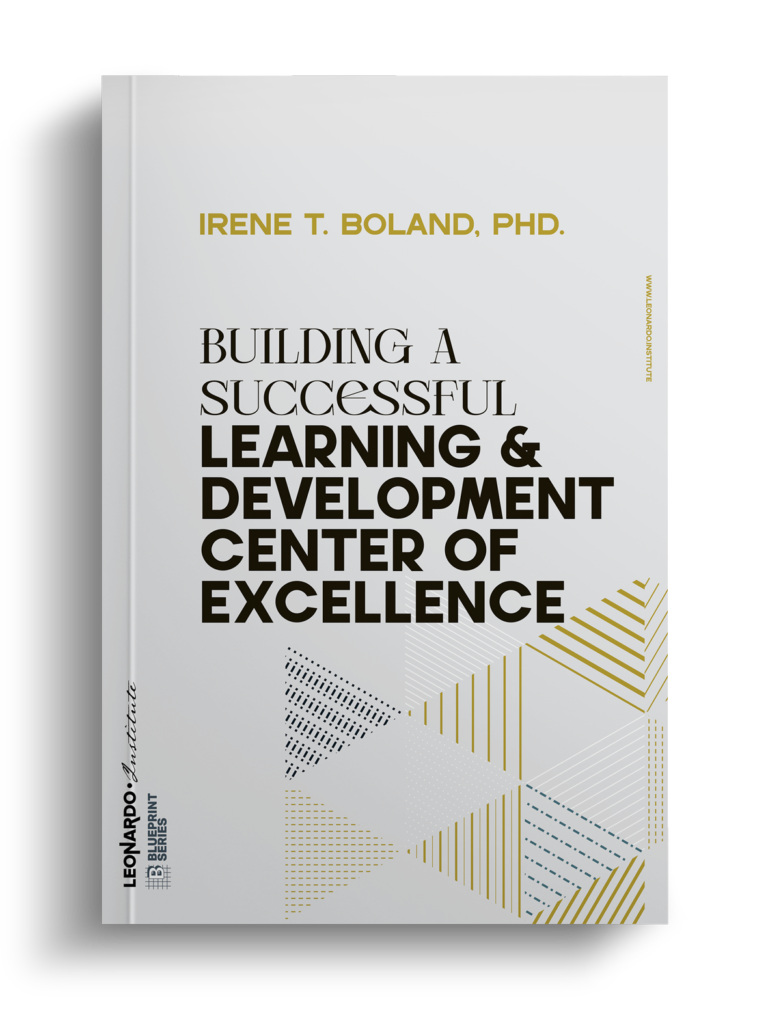In the landscape of workplace learning, the ability to harness the right type of question is akin to selecting the appropriate tool for a job. Open-ended and closed-ended questions are the two main cogs in the machinery of effective communication and learning. Here, we aim to not only define these types of questions but also to differentiate between them, shedding light on their strategic use in fostering an environment of comprehensive understanding and engagement. Additionally, we will explore the subtle art of avoiding leading questions that can skew understanding and inhibit genuine learning.
The Essence of Open-ended Questions
Open-ended questions are the keys to unlocking the treasure trove of a learner’s thoughts, ideas, and feelings. These questions are structured without a finite set of possible answers, allowing for a spectrum of responses that provide insights into the learner’s reasoning and creativity. For you as a workplace learning professional, mastering open-ended questions can lead to richer discussions and deeper learning. For example, asking “What strategies might you employ to tackle this challenge?” invites learners to analyze and share diverse perspectives rather than simply recalling information.
Understanding Closed-ended Questions
Contrary to their open-ended counterparts, closed-ended questions offer a more directed approach to inquiry, typically eliciting a specific, limited response. They are the rapid-fire rounds of the questioning world, often resulting in a ‘yes’, ‘no’, or other succinct replies. In a learning environment, they can be effectively used for quick assessments and clarifications. Picture a scenario where you need to confirm understanding of a safety protocol, a closed-ended question like “Is the emergency exit to be used during drills only?” can promptly check for accurate knowledge without ambiguity.
Navigating the Terrain of Leading Questions
Leading questions are the silent disruptors in the realm of effective questioning. They carry an inherent bias, subtly prompting the respondent towards a particular answer. In the workplace, this can dilute genuine feedback and hinder learning. To steer clear of these, you must phrase questions neutrally. Instead of asking “Don’t you think the new protocol will reduce efficiency?”, which suggests a preferred answer, you could ask “How do you think the new protocol will impact efficiency?” This unbiased approach fosters open and honest dialogue, leading to more reliable data and insights.
Put it to Work
Applying the principles of open-ended and closed-ended questions, while avoiding leading questions, can elevate your effectiveness in driving workplace learning:
- Cultivate Critical Thinking: Use open-ended questions during problem-solving sessions to encourage analytical thinking and creativity. This practice can reveal not only how much your learners know but also how well they can apply their knowledge in different scenarios.
- Assess Quickly and Efficiently: Implement closed-ended questions in quizzes and surveys when you need to gather specific information or conduct swift assessments of understanding.
- Mitigate Bias: Craft your questions carefully to eliminate any bias. Review your questions to ensure they do not lead the respondent toward a particular response, thus maintaining the integrity of the learning process.
- Balance Your Questioning Techniques: Combine both types of questions to create a dynamic learning environment. For instance, start with closed-ended questions to establish foundational knowledge and then transition to open-ended questions to develop higher-order thinking skills.
The Takeaway
Questions are the engines of learning, and as a workplace learning professional, knowing when to use open-ended or closed-ended questions is crucial. Open-ended questions invite expansive thinking and exploration, while closed-ended questions provide clarity and brevity. Balancing these questioning techniques and avoiding the pitfall of leading questions will help you cultivate a learning environment that values depth, accuracy, and critical thinking. Challenge yourself to incorporate these strategies into your next learning session and observe the profound impact on engagement and understanding.


